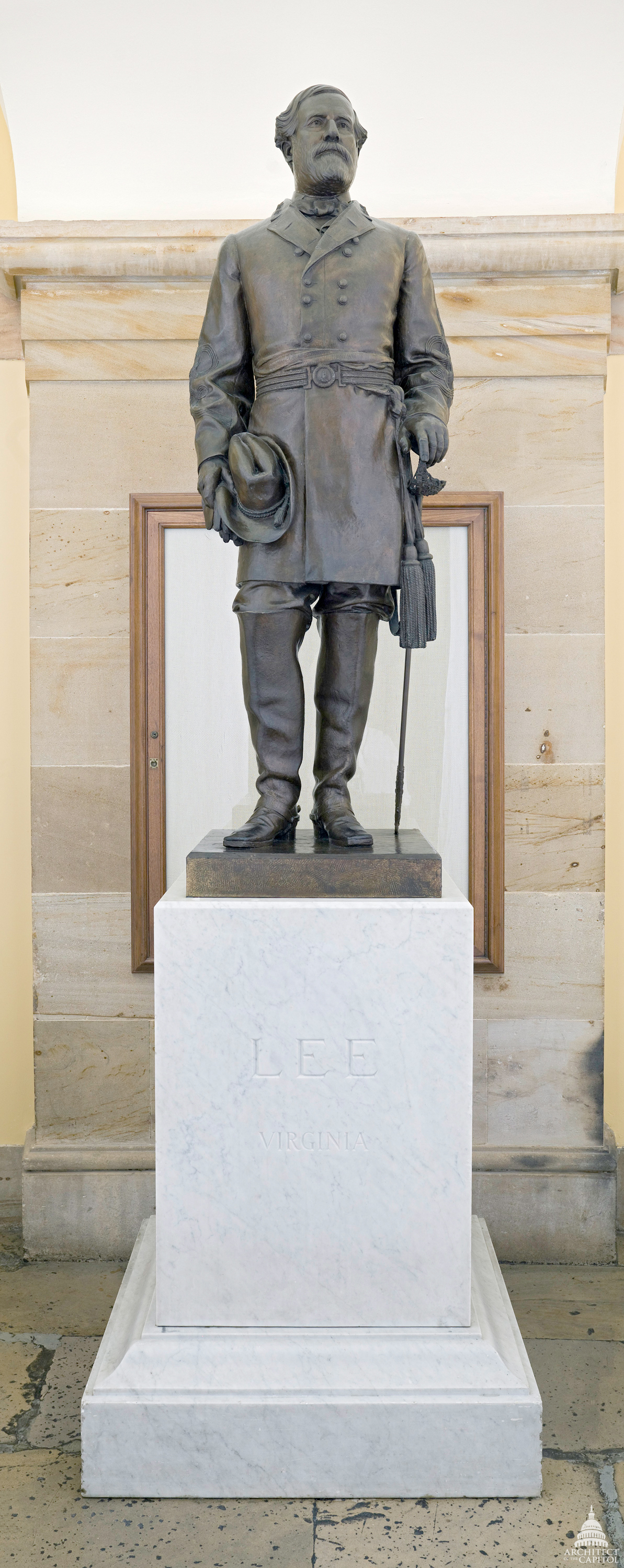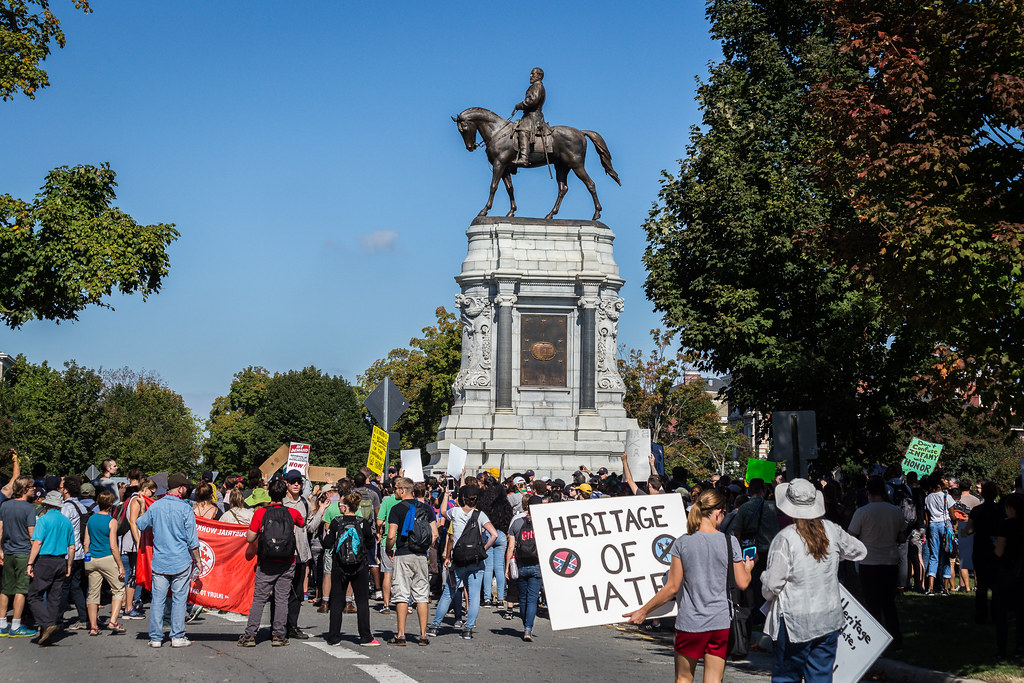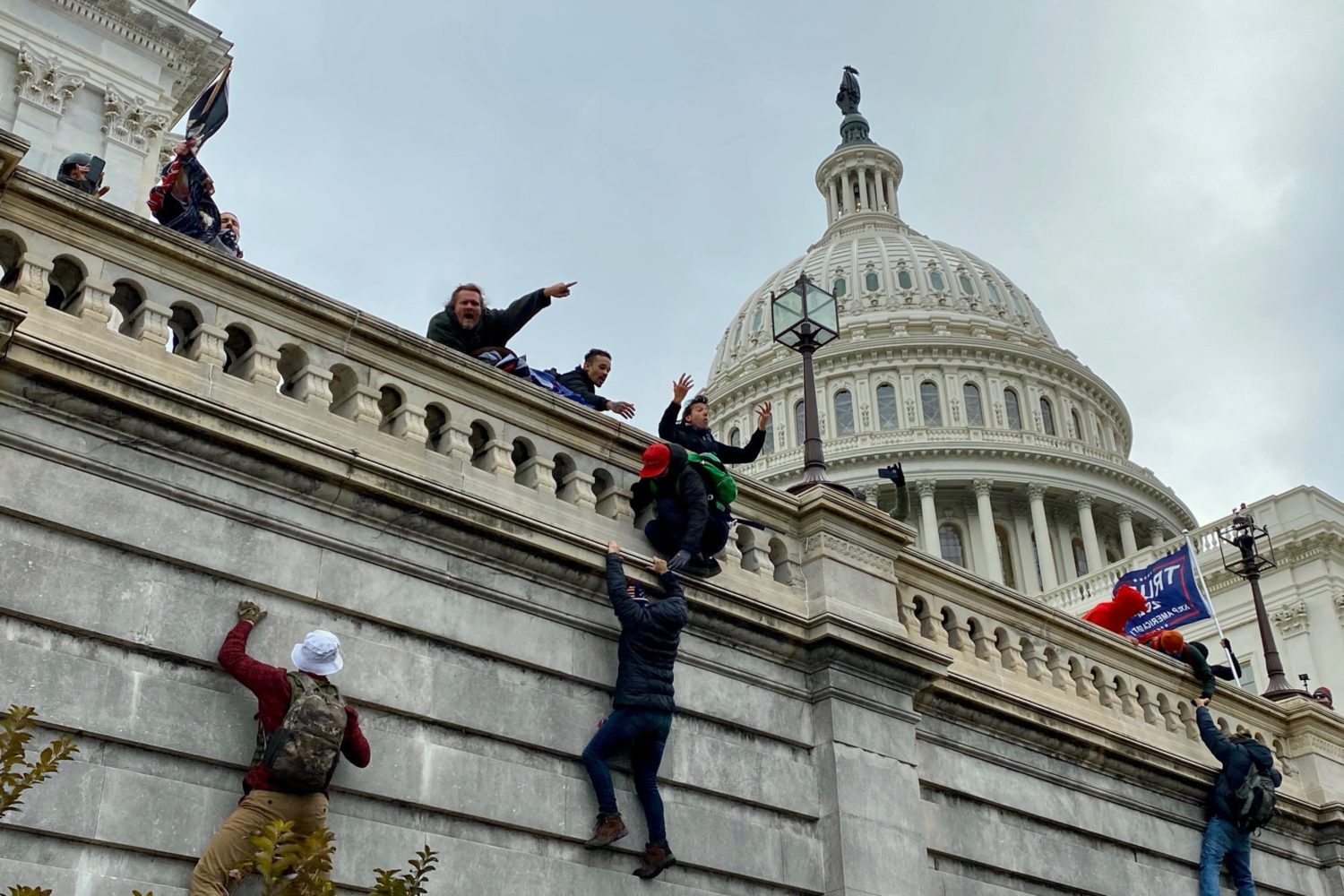A key committee in Virginia has voted to have the statue of Robert E. Lee that now stands in the U.S. Capitol replaced by a statue of a local civil-rights leader.
Barbara Johns, whose 1951 student protest over the inferior conditions of her all-Black high school in central Virginia would become one of the five cases at issue in the Brown v. Board of Education decision, is poised to represent Virginia in the National Statuary Hall Collection, according to a press release from the governor.
Johns was recommended to replace Lee by the Commission on Historical Statues in the United States Capitol, a collection of legislators and citizens in the commonwealth who’d been working since July to determine which Virginia historical figure to should replace the former Confederate General.
“As a teenager, Barbara Johns bravely led a protest that defied segregation and challenged the barriers that she and her African American peers faced, ultimately dismantling them,” Virginia Governor Ralph Northam said in a statement Wednesday. “I am proud that her statue will represent Virginia in the U.S. Capitol, where her idealism, courage, and conviction will continue to inspire Virginians, and Americans, to confront inequities and fight for meaningful change now and for generations to come.”
The Lee statue is expected to be removed from the U.S. Capitol within days. If the committee’s recommendation is approved Virginia’s general assembly, Johns’ statue will stand alongside the Commonwealth’s other representative in the National Statuary Hall Collection, George Washington.


![Luke 008[2]-1 - Washingtonian](https://www.washingtonian.com/wp-content/uploads/2017/10/Luke-0082-1-e1509126354184.jpg)
















